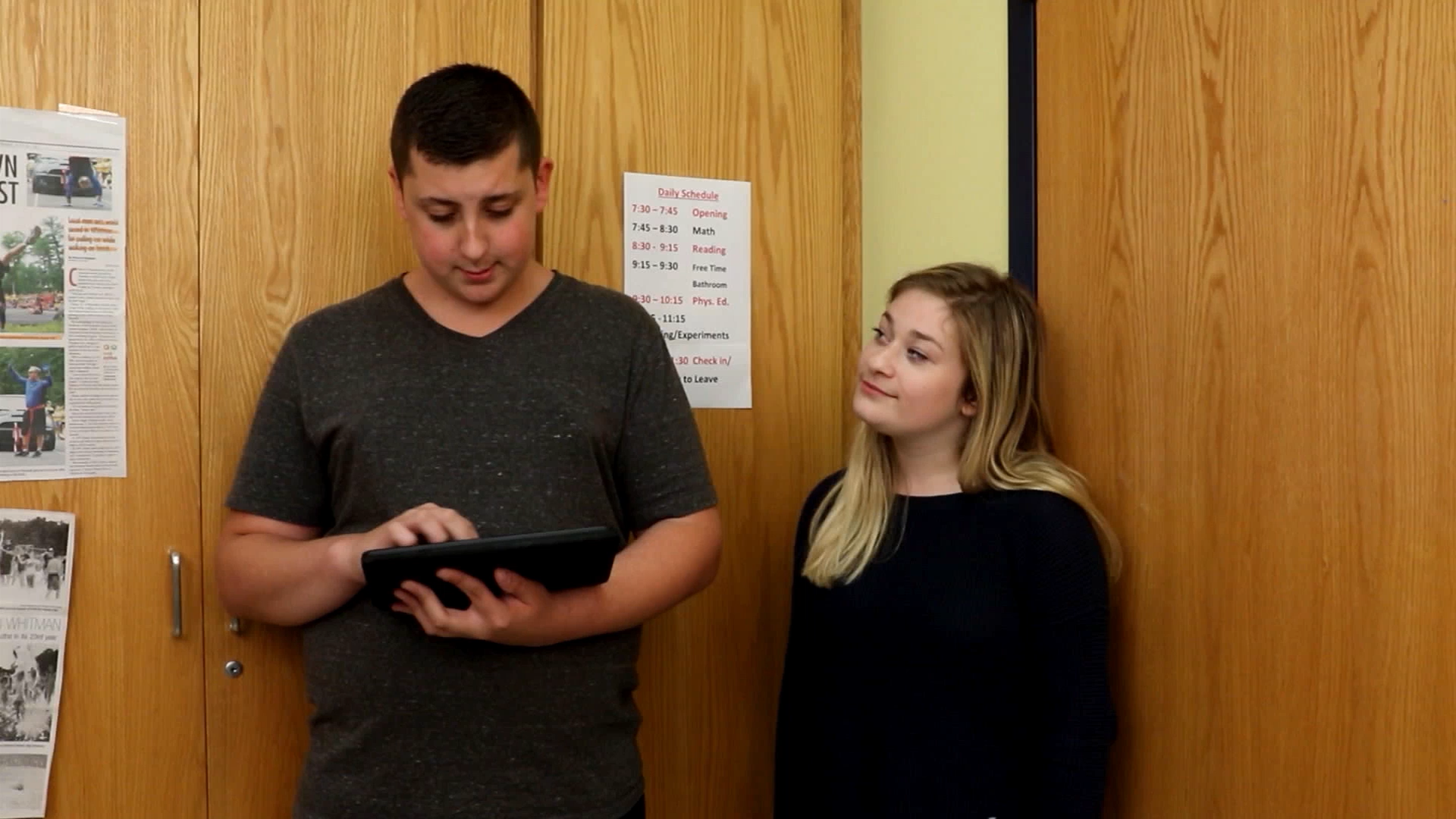
Introduction
As educators, one of our goals is to help students develop strong social skills. An important aspect of social interaction is the ability to read social cues, such as body language, tone of voice, and actions. Recognizing these cues allows students to adapt their behavior and communication in different situations, fostering positive relationships with their peers. This blog post will explore a no-prep activity to teach middle school students how to read social cues and respond appropriately, followed by discussion questions, related skills, and next steps.
No-Prep Activity: Social Cue Detective
This activity requires no preparation or materials from the educator. The purpose is to help students practice identifying social cues and responding appropriately. To begin, have students form pairs or small groups. One student will act as the “speaker” and share a story or topic they are passionate about, while the other students will act as “listeners.”
The listeners will take turns displaying different social cues, such as looking bored, excited, or confused. The speaker must observe these cues and adjust their conversation accordingly. For example, if a listener looks bored, the speaker could try changing the topic or asking the listener a question to engage them. After a few minutes, have the students switch roles and repeat the process.
Discussion Questions
- Why is it important to be aware of social cues in conversations with others?
- Can you think of a time when you successfully read someone’s social cues and adjusted your behavior? How did it change the outcome of the situation?
- What are some challenges you might face when trying to read social cues? How can you overcome these challenges?
- How can understanding social cues help you build better relationships with your peers?
- What strategies can you use to become more aware of social cues in your everyday interactions?
Related Skills
Beyond reading social cues, there are other essential skills that contribute to successful social interactions. Some of these skills include:
- Active listening: Paying close attention to what others are saying and responding thoughtfully.
- Empathy: Understanding and sharing the feelings of others.
- Assertiveness: Expressing oneself clearly and respectfully without being aggressive.
- Conflict resolution: Addressing disagreements and finding solutions that work for everyone involved.
- Collaboration: Working together with others to achieve a common goal.
Next Steps
Helping students develop the ability to read social cues and respond appropriately is a valuable skill that will serve them well throughout their lives. To access free sample materials for teaching social-emotional skills, visit Everyday Speech’s sample materials. By incorporating these resources into your curriculum, you can create a supportive learning environment that fosters strong social skills and positive relationships among your students.

